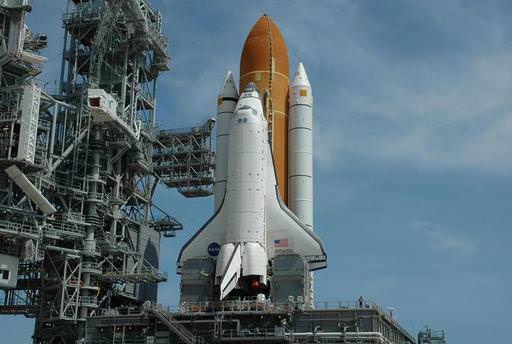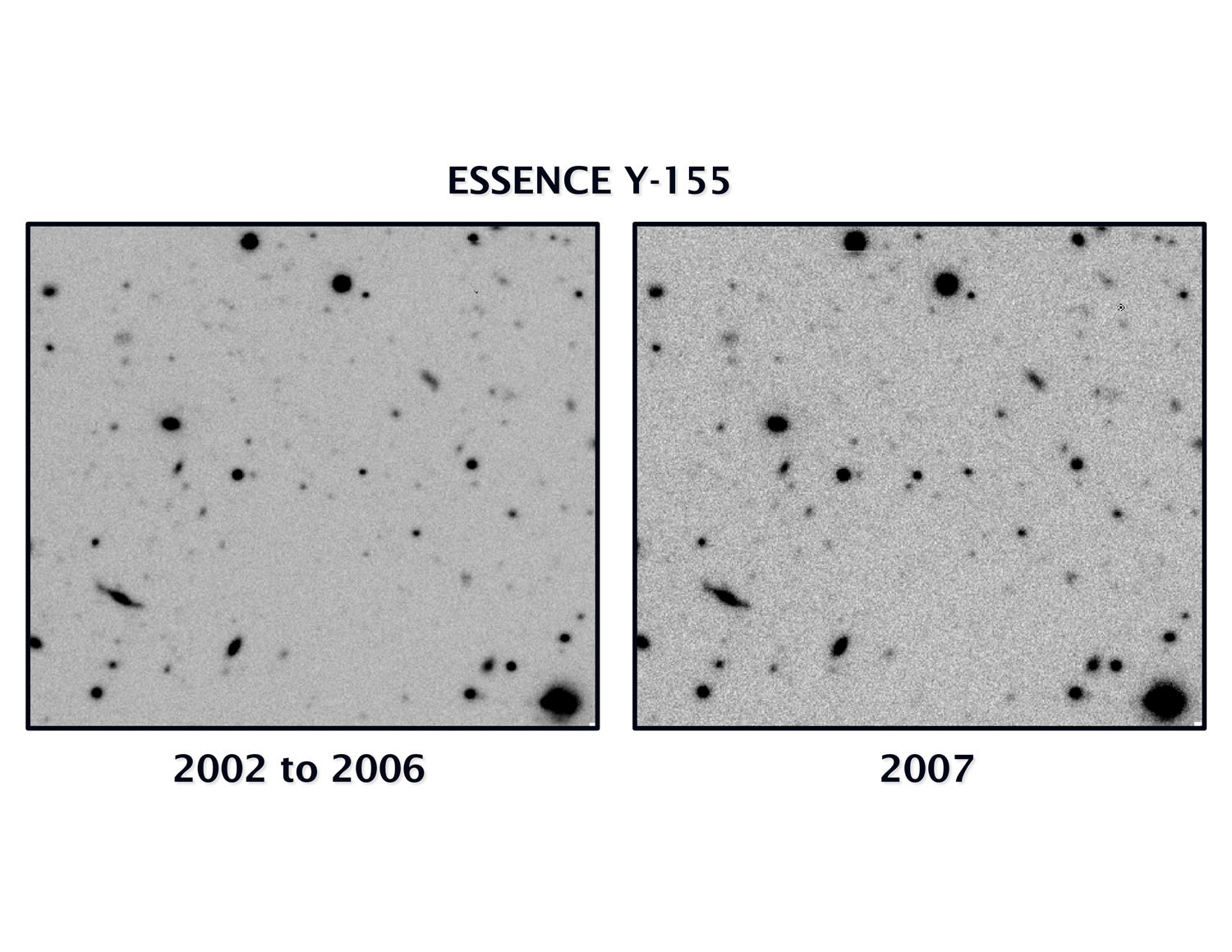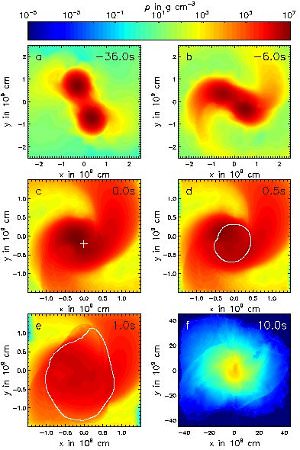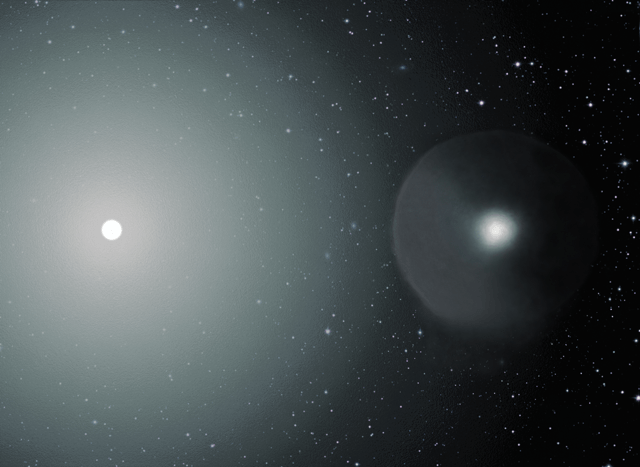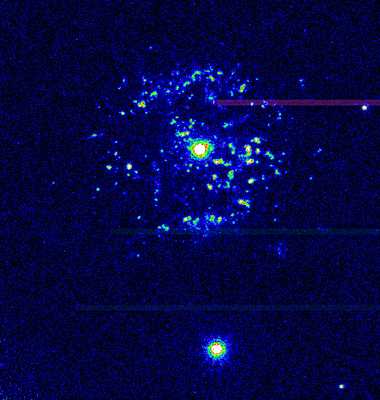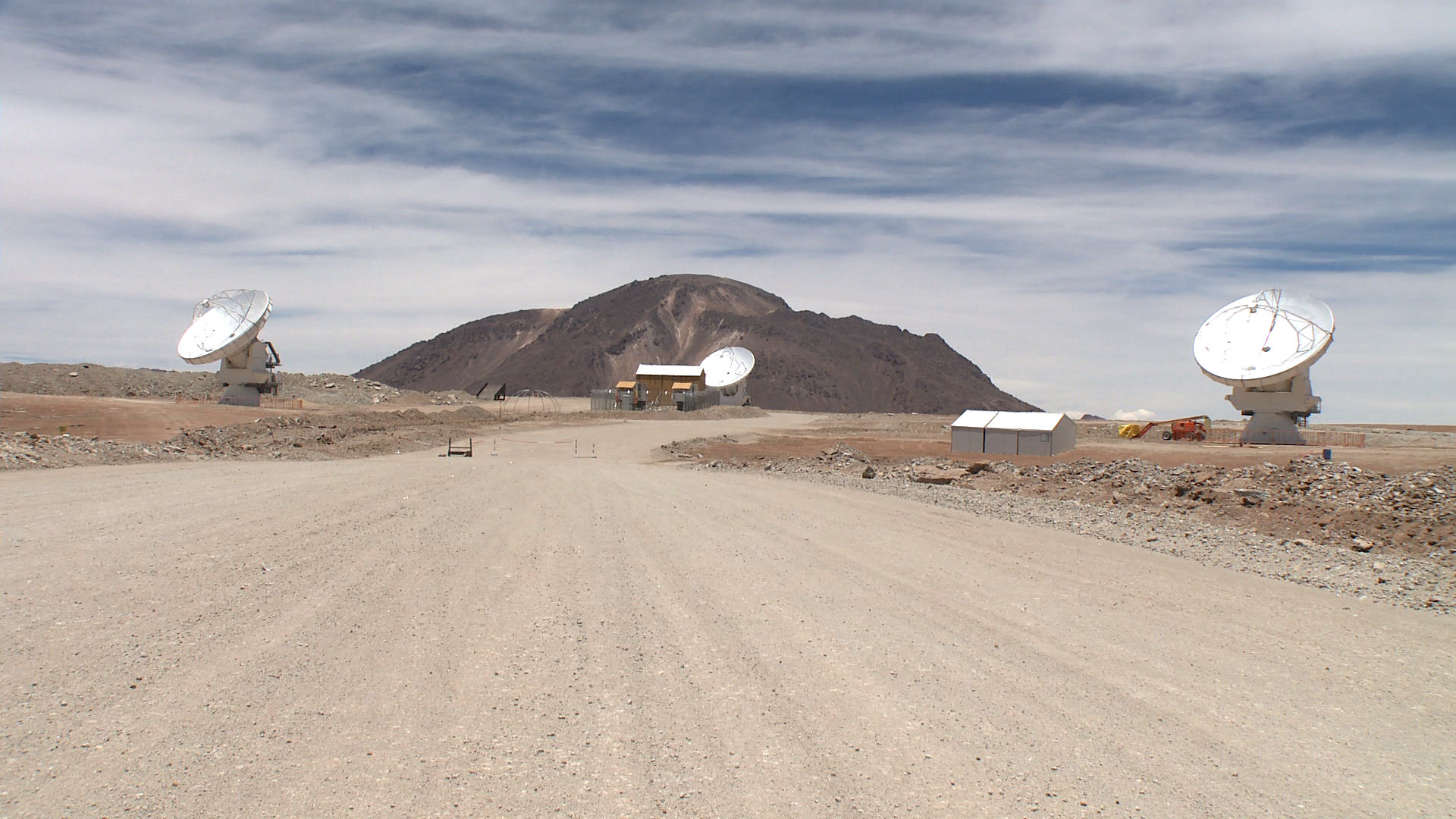Matryoshka dolls are a popular novelty for tourists going to Russia to bring home for their children. These dolls, which are hollow wooden bowling pin-shaped representations of a Russian woman (or babushka), are nested inside of each other, each doll smaller than the one that encases it.
In a perfect model of planetary matryoshka dolls, the exoplanet Corot 7-b – which is currently one of the exoplanets that is closest in size and mass to the Earth – used to be nestled inside a much larger version of itself. Corot 7-b was formerly a gas giant with a mass of 100 Earths, which is about that of Saturn. Its mass now: 4.8 times that of our planet.
How this rocky, lava-covered world got to its current state was presented at the American Astronomical Society’s meeting last week in Washington, DC by Brian Jackson of NASA’s Goddard Space Flight Center. Corot 7-b was discovered in February of 2009 by the ESA’s planet-hunting satellite, Convection, Rotation and planetary Transits(CoRoT), and has since been the subject of intense study.
The planet is about 1.7 larger in diameter than the Earth, and a little shy of five times as massive. Its star is about 1.5 billion years old, a third that of our Sun. It orbits very close to its star, which is much like our own Sun, only taking 20.4 hours to circle the star. The system lies in the constellation Monoceros, and is about 480 light-years away.
This tight orbit makes the planet extremely hot, as in 3,600 degrees Fahrenheit (1,982 degrees Celsius). That’s hot enough that the crust of the planet facing the star is an ocean of lava. Since Corot 7-b is tidally locked to its star, only one side of the planet faces the star at all times (just like we only see one side of the Moon from the Earth). On the opposite side of Corot 7-b from its star, the surface temperature is estimated to be a chilly negative 350 degrees F (negative 210 degrees C).
It rains on Corot 7-b just like it does here, though you wouldn’t want to be caught out in it. The rain on Corot 7-b is made of rock, so even the heaviest umbrella wouldn’t do much for you, and the very thin atmosphere is composed of rock vapor. In other words, we aren’t looking to Corot 7-b for signs of life. What we are looking there for is signs of planetary formation and evolution.
Jackson et al. modeled the orbit of the planet backwards, and showed that the star blew off much of the material that made up the planet in its previous incarnation as a gas giant. It previously orbited about 50 percent further out than it currently is. The stellar wind – a constant flow of charge particles from the star – interacted with the gassy atmosphere of the planet, blowing away the atmosphere.
“There’s a complex interplay between the mass the planet loses and its gravitational pull, which raises tides on the star,” Jackson said.
As it was pulled in closer to the star due to the process of tidal migration, more and more of the gas evaporated, and the orbital change of the planet slowed to the distance at which it currently orbits. Once the planet got closer to the star, it also heated up, and this heating process contributed to the mass loss of Corot 7-b. This evaporative process left only the rocky core of the planet.
“CoRoT-7b may be the first in a new class of planet — evaporated remnant cores. Studying the coupled processes of mass loss and migration may be crucial to unraveling the origins of the hundreds of hot, earthlike planets space missions like CoRoT and NASA’s Kepler will soon uncover,” Jackson said.
Many of the extrasolar planets discovered early on were gas giants that orbited close to their stars, so-called “hot Jupiters”. It’s possible that many of them will experience the same or similar fate as Corot 7-b, as we wrote about in an article last April.
Corot 7-b will likely lose more mass because of the proximity to its star, though not at the rate seen previously. What the next planetary matryoshka of Corot 7-b will look like is anyone’s guess. My prediction: turtles all the way down.
Source: NASA press release


